





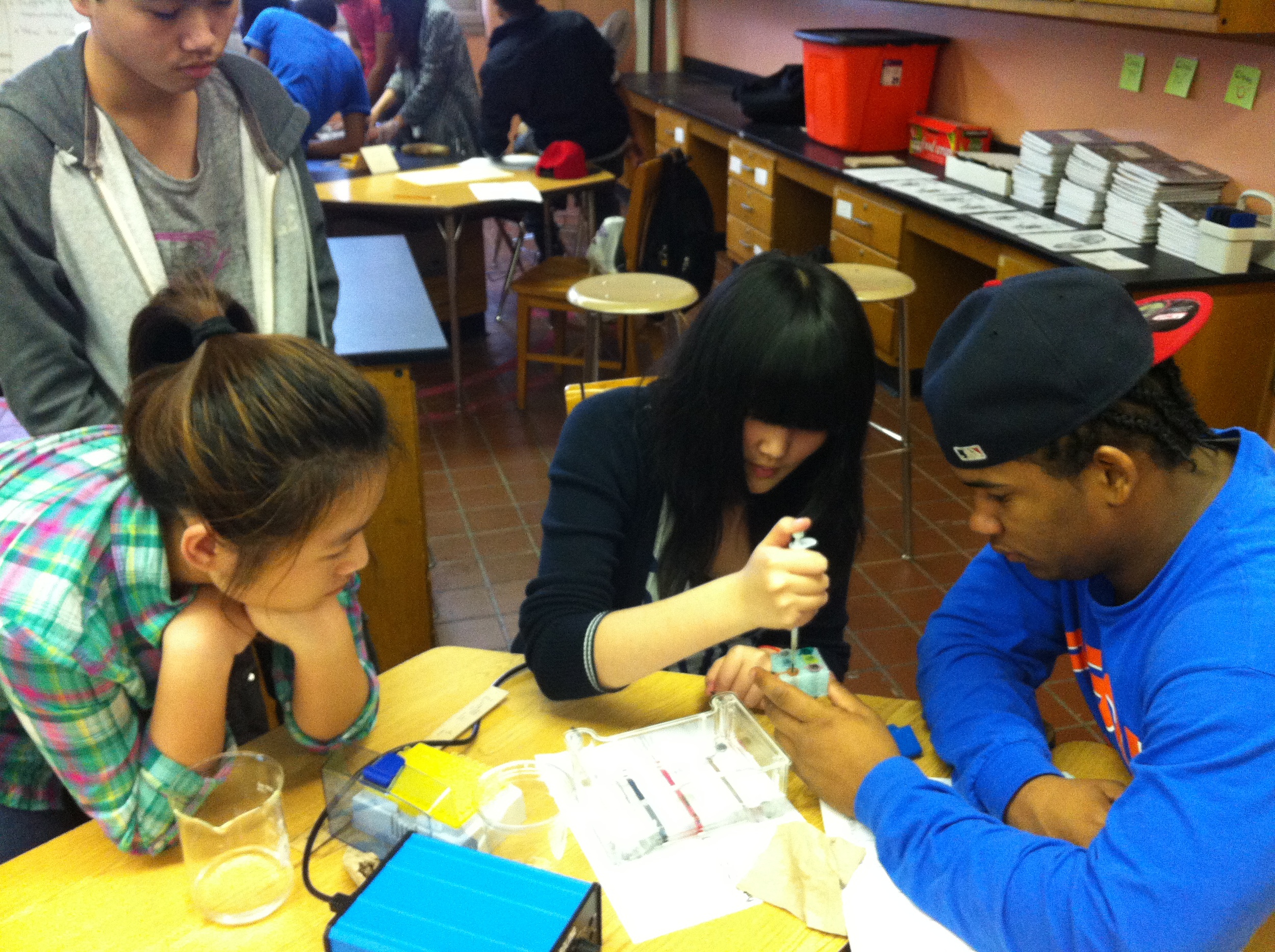


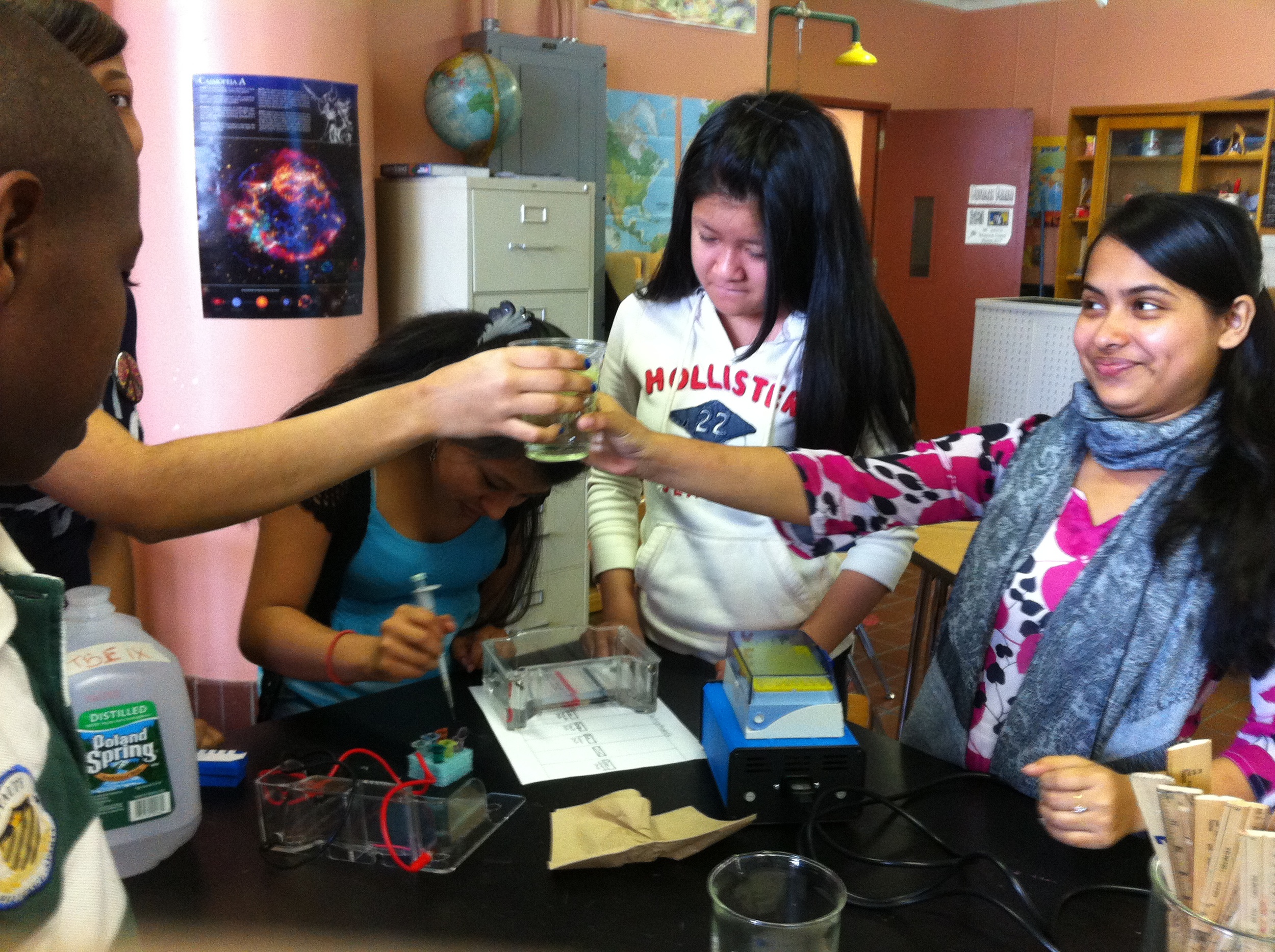
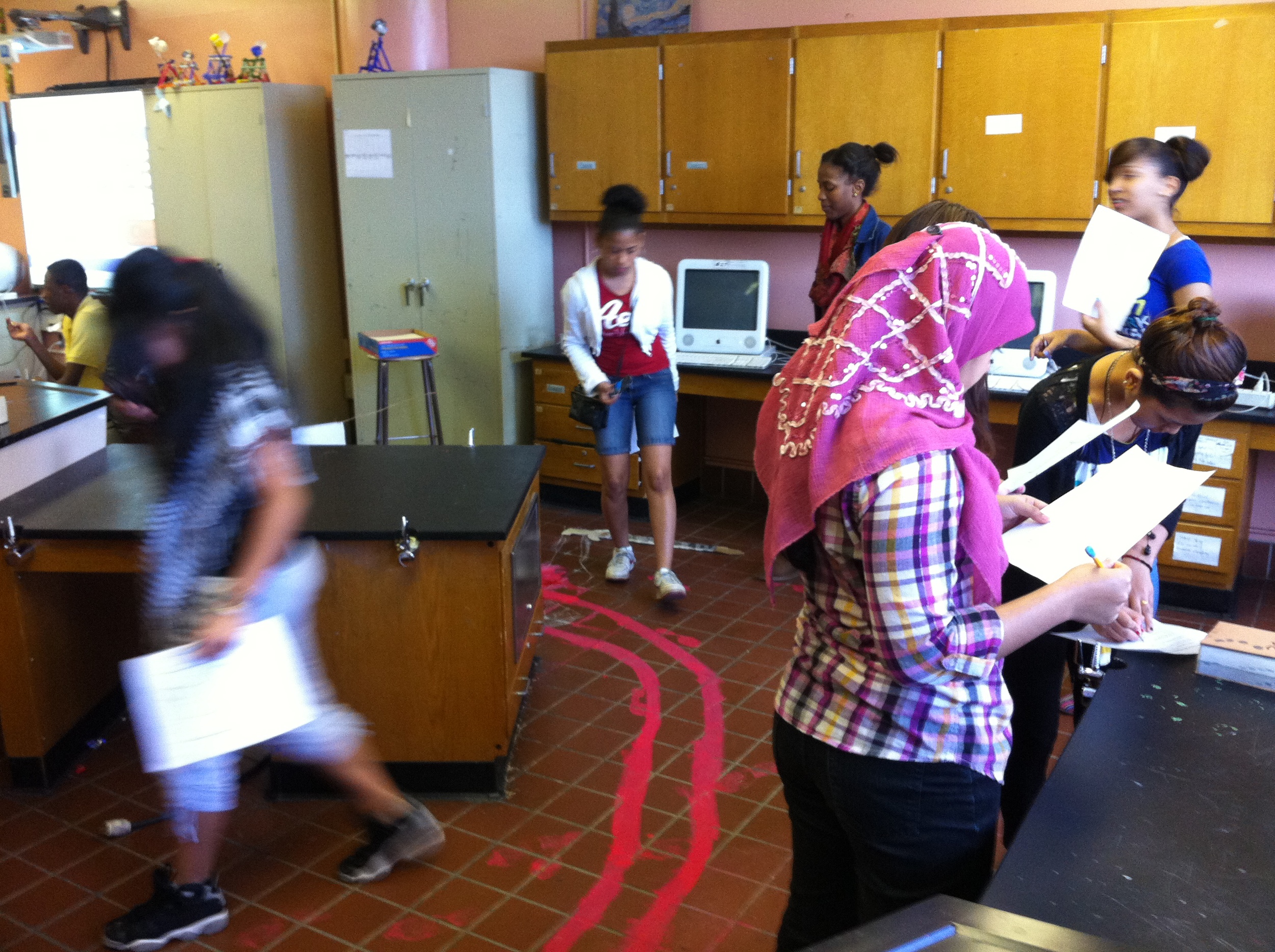

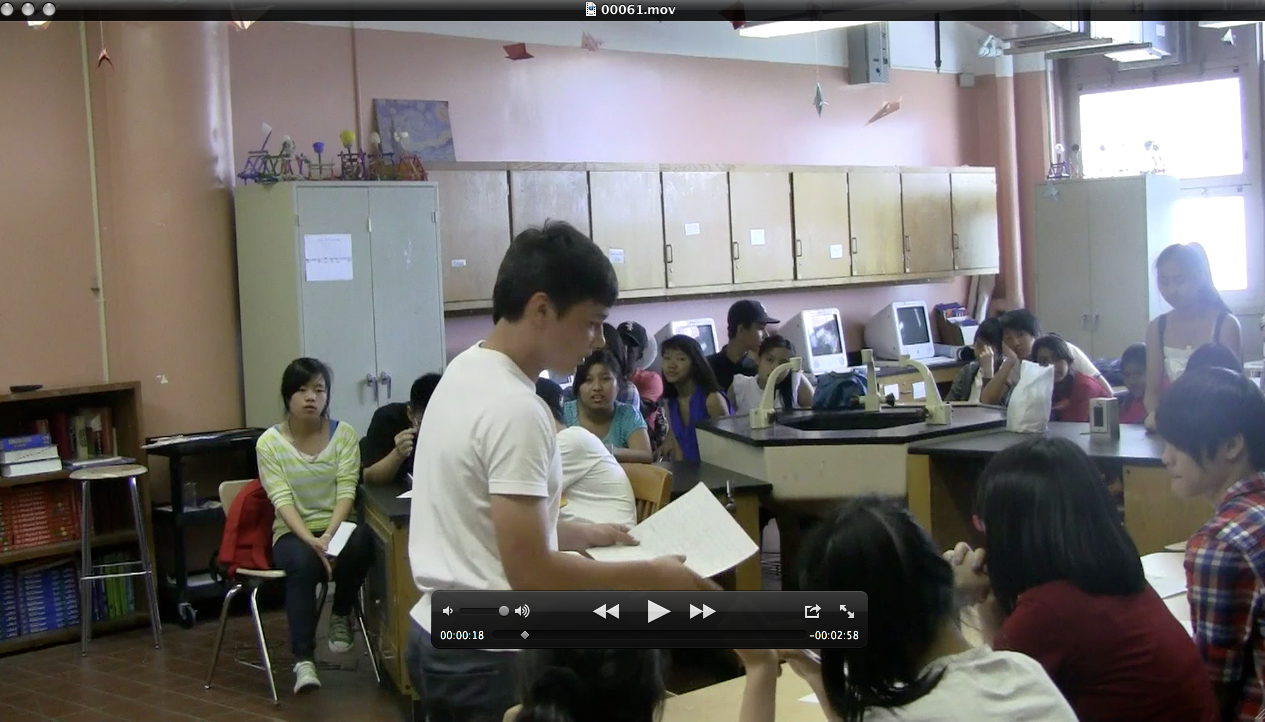
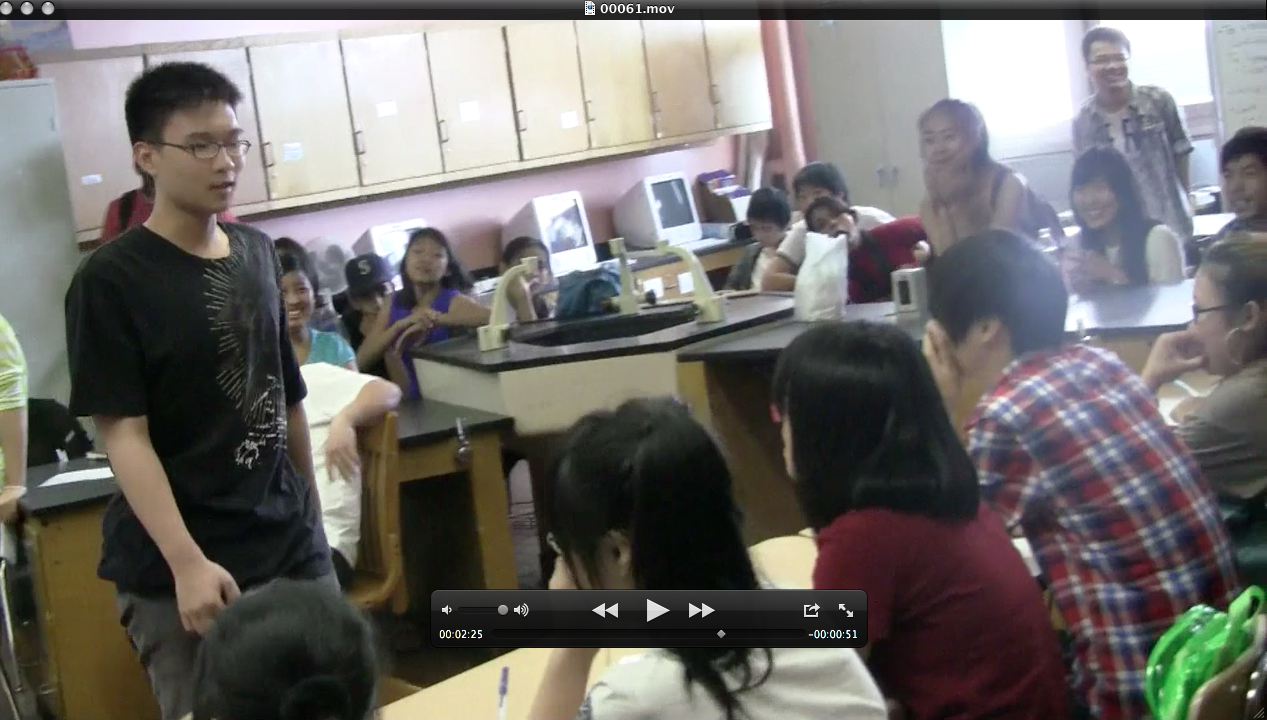
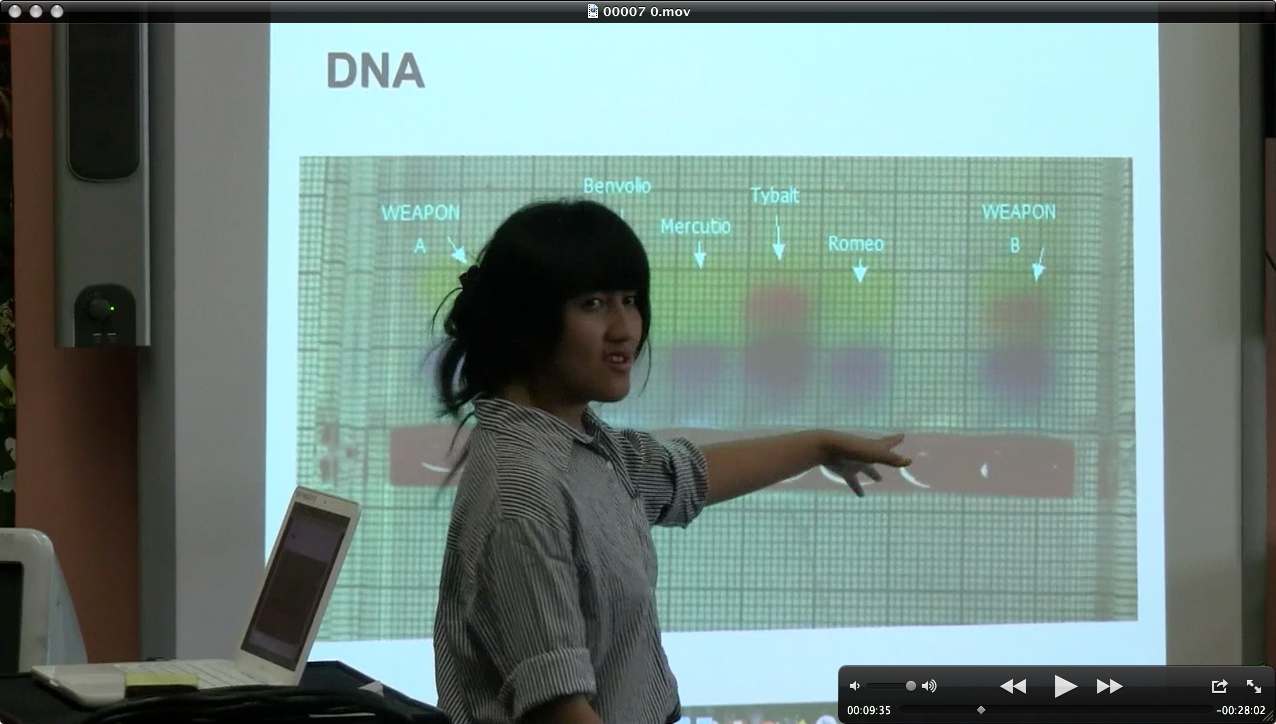
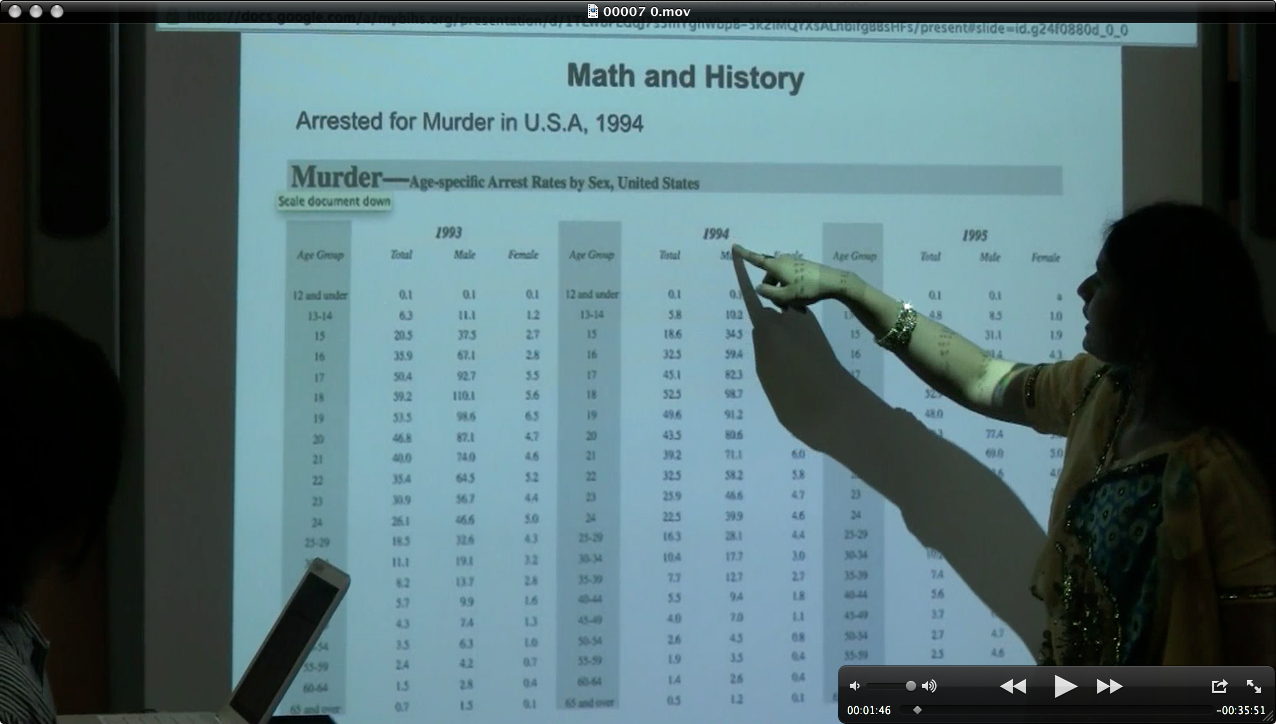
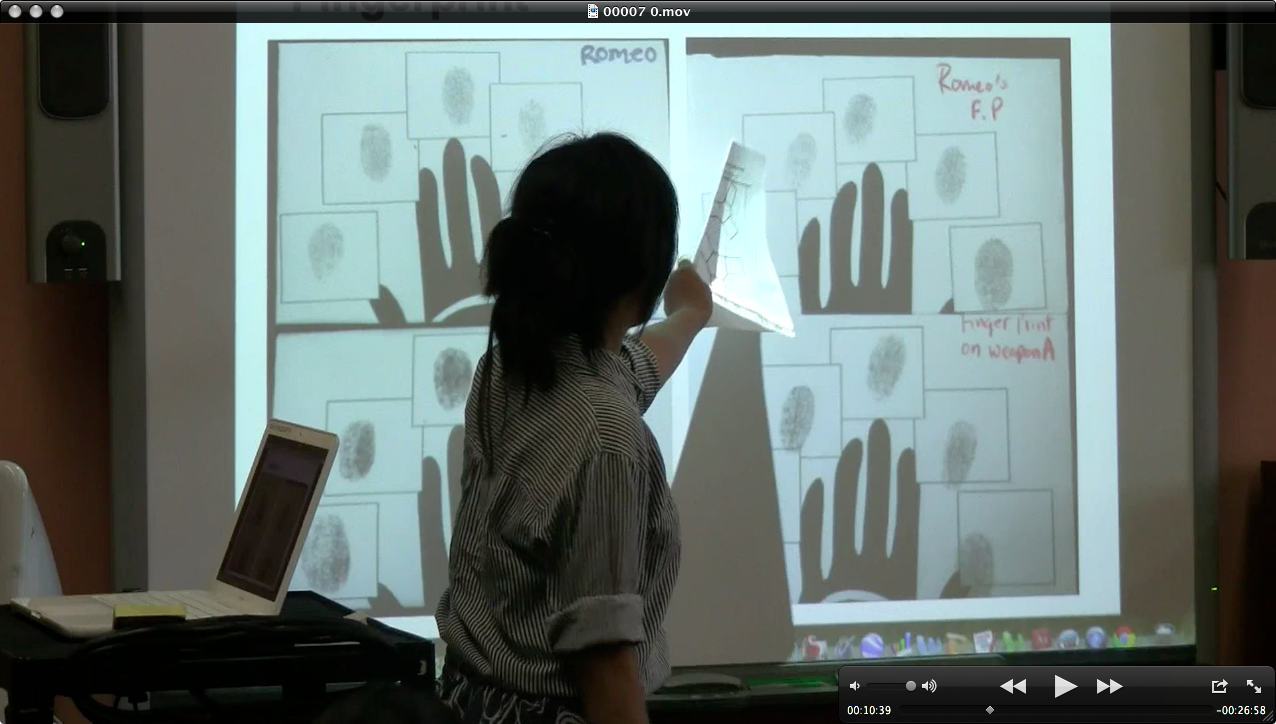
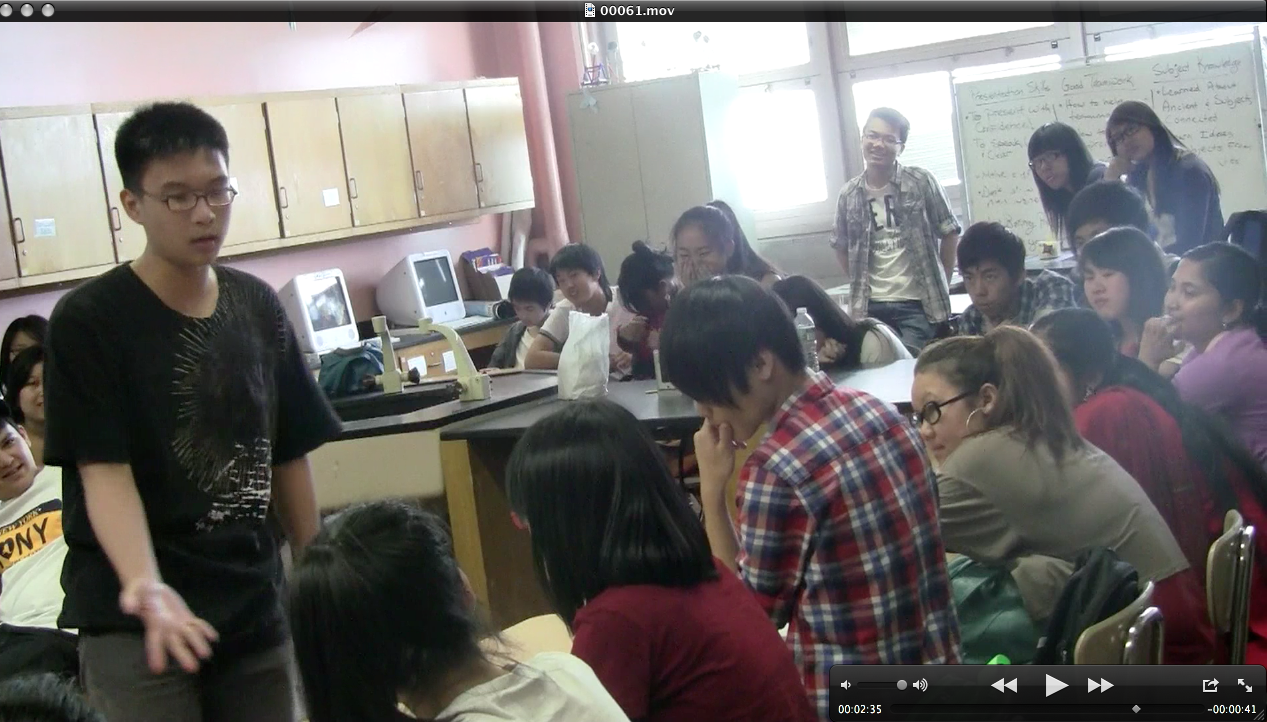
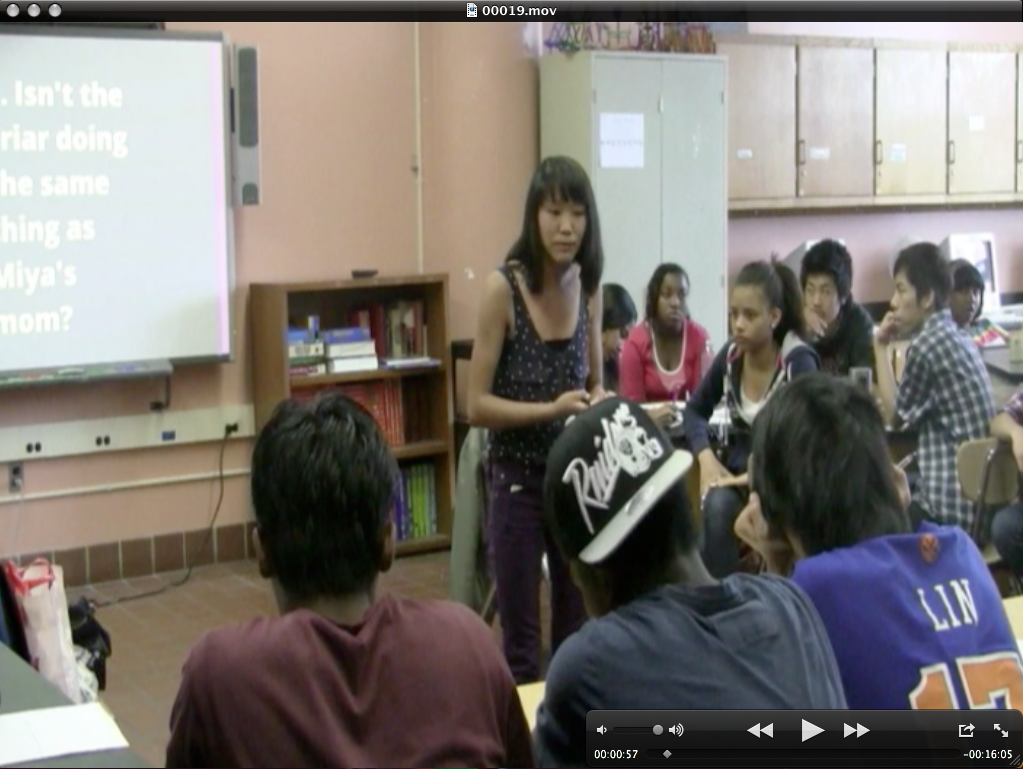
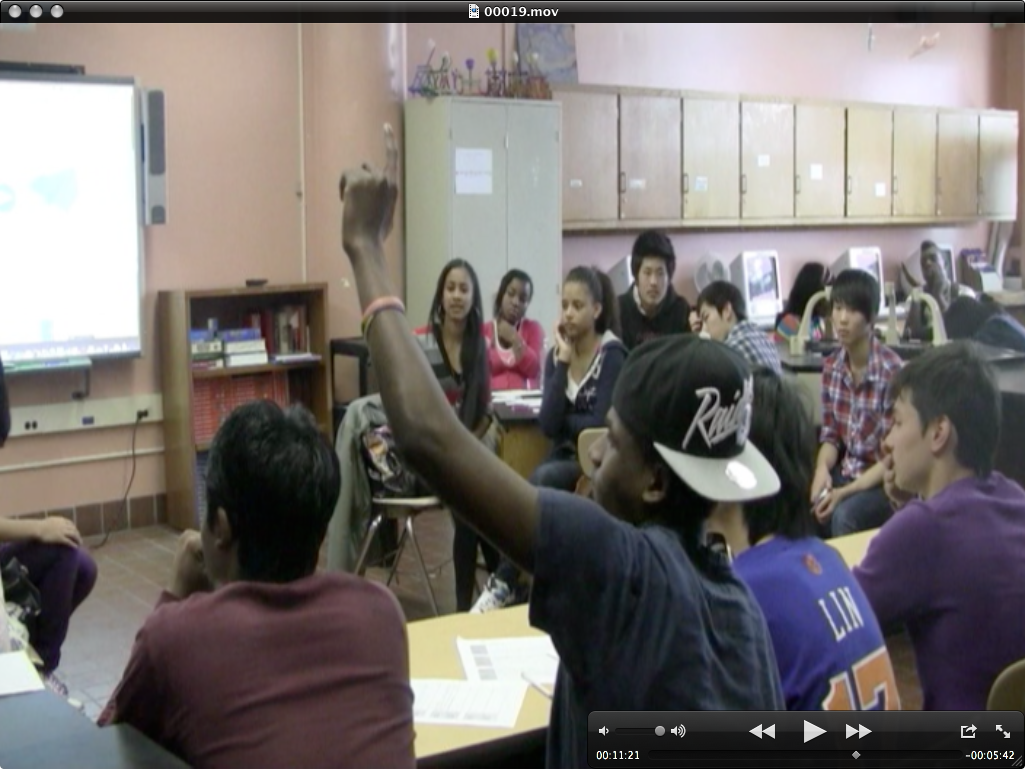
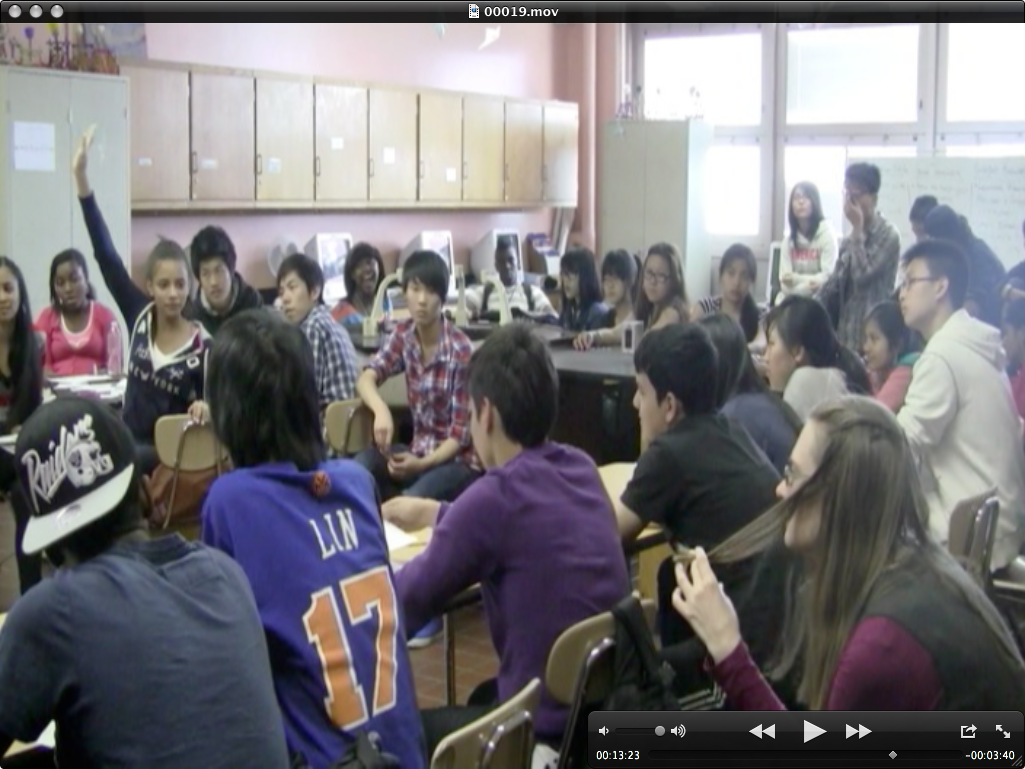

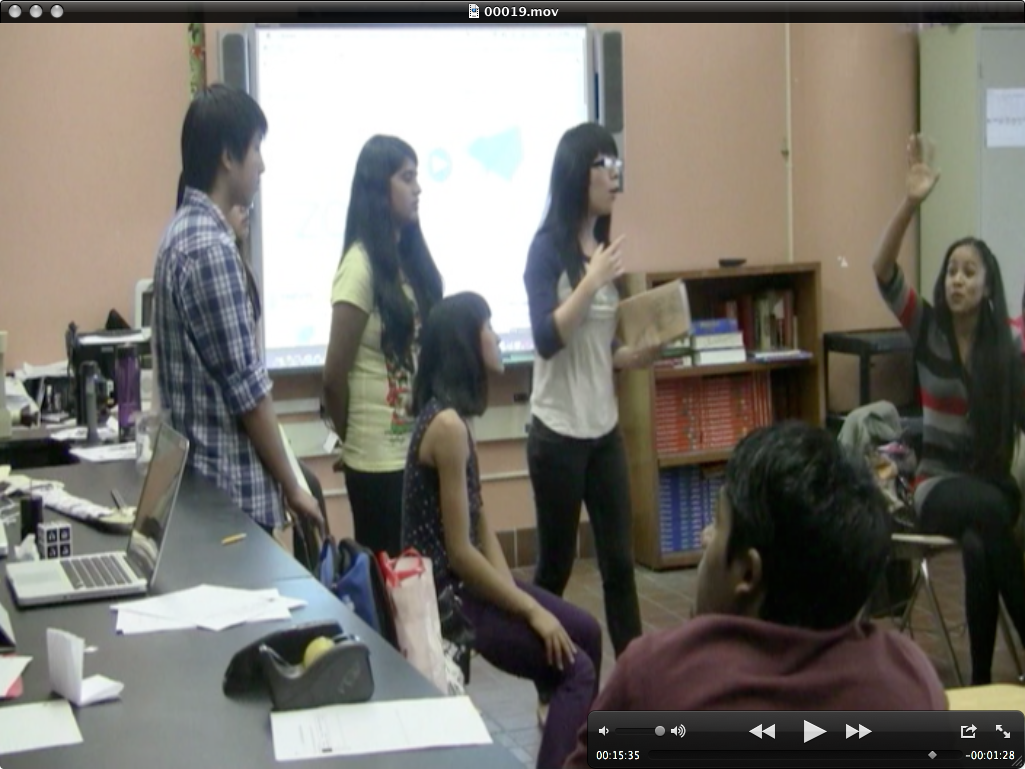

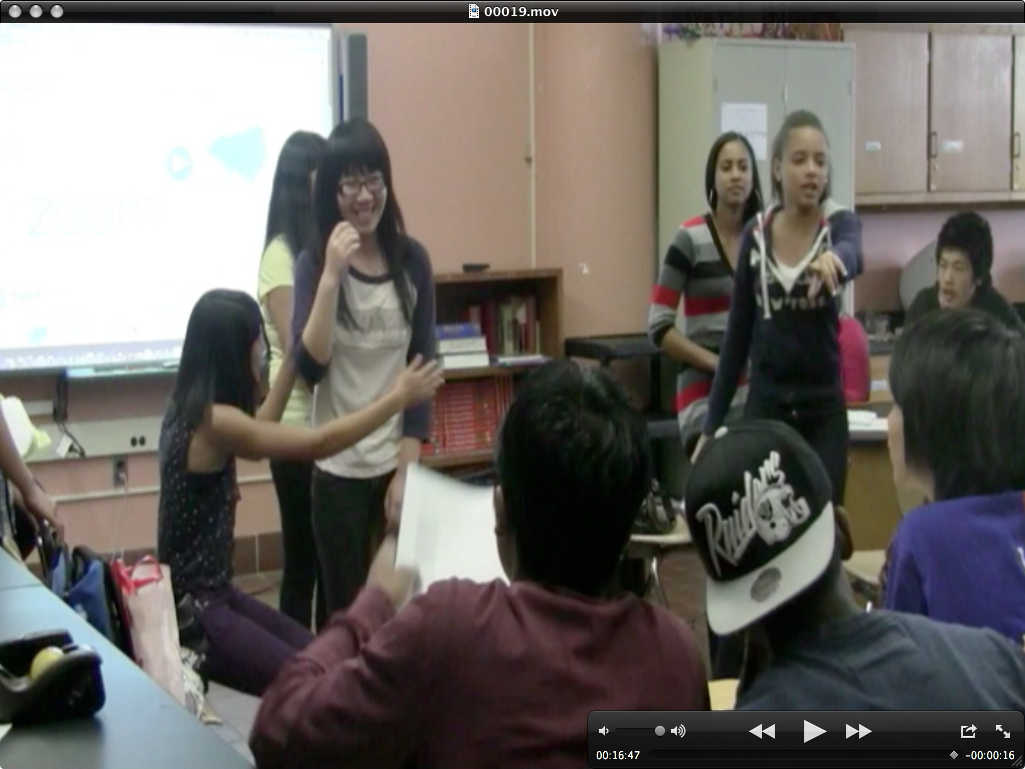
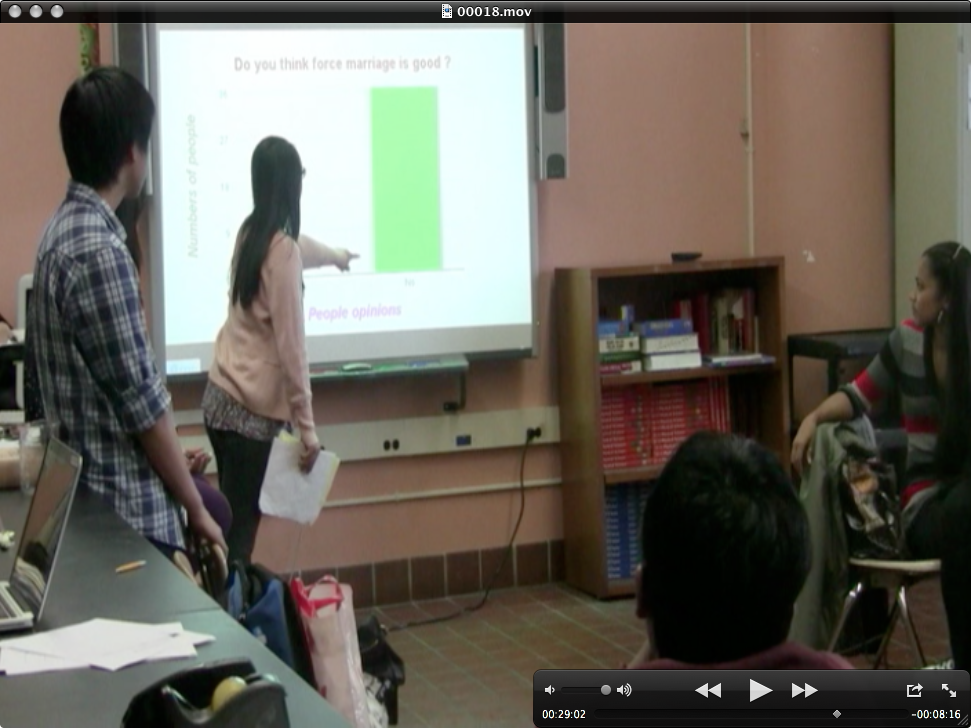
Brief Description
Seven week interdisciplinary unit in which students study forensic science by investigating two crime scenes connected to "Romeo & Juliet," and place Romeo and Friar Lawrence on trial.
Unit Overview
1. Students learn about different types of evidence collected in a forensic investigation.
2. Students investigate a crime scene created in the class, and use the evidence collected to identify the killer.
3. Student groups investigate two crime scenes from the play Romeo and Juliet.
4. Students perform a gel electrophoresis lab for each Romeo and Juliet crime scene to connect blood samples to known suspects.
5. Two trials are conducted connected to the two crime scenes, evidence for which comes from their different subject classes. A jury of students decide outcome of trials.
Essential Questions
Who is responsible for the death of Tybalt?
Who is responsible for the death of Romeo and Juliet?
Project Facilitation Resources
To support students as they collaborate with their team, consider having students develop a team collaboration contract. Go here to see student-facing materials and read about how I use the restorative practice of talking circles to have student groups create their collaboration contract.
Consider having students use a Kanban Board to collaboratively manage their work together to participate in the trials. Go here to read how I implement Kanban Boards during a project.
Project Facilitation Guide
Part 1: Introduction to Forensics
Week 1
Watch Crime 360 episode: “Blood on the Tracks” video & discuss types of evidence.
In investigative teams, use the Puzzle Challenges powerpoint activity, and discuss important detective characteristics.
Have investigative teams research famous examples of forensic science using the CSI Activities Resource starting on page 43.
Week 2
Have investigative teams learn how to analyze shoe prints using the activities on page 33-35 in the CSI Activities Resource document.
Have investigative teams learn how to analyze Finger prints using the fingerprint type and my fingerprints documents. Record and analyze whole class finger data using the fingerprint analysis document.
Use collected hair samples to match color to known suspects, and examine to determine if hair was removed violently. Research evidence of violence in hair samples using the FBI Forensic Science site.
Have students investigate DNA and its use in forensic science by performing the Gel Electrophoresis Online Lab. Students will later perform a real gel electrophoresis lab.
Week 3
Set up a crime scene in your room with shoe print, fingerprint, hair, and DNA (Blood) evidence. Crime scenario and suspects include other teachers in the school.
Student teams investigate the crime scene by collecting evidence using the Practice Crime Report Template document.
Each group creates a detailed drawing of crime scene including location of evidence and bodies.
Day spent going through evidence to determine which suspect committed the crime.
Part 2: Romeo & Juliet Crime Scene Investigations
Week 4
Crime Scene 1: Investigate the crime scene where Tybalt & Mercutio are killed for Trial 1.
Details:
Create crime scene in class by planting the different pieces of evidence.
Have student groups investigate crime scene by photographing crime scene & drawing detailed sketch of crime scene.
Create copies of the forensic evidence for the student groups to look more closely at.
LAB: Students will do a Gel Electrophoresis Lab to determine whose blood was found on Weapon A and B.
Groups complete the Trial 1 Investigation Document using information from the evidence your provided and photos taken of crime scene.
Week 5
Crime Scene 2: Investigate the crime scene where Romeo, Juliet, and Paris are found dead in the Tomb for Trial 2
Details:
Create crime scene in class by planting the different pieces of evidence.
Have student groups investigate crime scene by photographing crime scene & drawing detailed sketch of crime scene.
Create copies of the forensic evidence for the student groups to look more closely at.
LAB: Poison analysis using hair samples
Groups complete the Trial 2 Investigation Document using information from the evidence you provided and photos taken of crime scene.
Part 3: Romeo & Juliet Trials
Weeks 6 & 7
Trial 1: Who is responsible for the death of Tybalt?
Defendant: Romeo
Trial 2: Who is responsible for the death of Romeo & Juliet?
Defendant: Friar Lawrence
Trial Details
Students groups will be assigned a trial and position. They will select who the expert lawyers will be. They will gather evidence based on their area of expertise that is connected to their group’s position. To determine expert lawyers and identify connected evidence groups will use the Group Roles and Evidence document. They will combine their evidence into a group presentation. See Trial Format for the organization of the trials.
Groups:
Two groups from each class will be assigned to Trial 1 and two groups assigned to Trial 2. Groups composed of expert lawyers for:
Forensic Evidence - Science Class
Media Evidence (reenacted scene surveillance footage or movie clips) - Theatre Class
Arranged Marriage and Gang Statistics & History Evidence - Math & History Class
Text-based Evidence - English Class
Trials:
See Trial Format document for trial organization.
The first week dedicated to Trial 1, second week dedicated to trial 2.
Student teams create Google Presentation that includes entire group's evidence and is organized according to the trial format.
Jury:
Jury composed of seven students.
One person is elected as the foreman. The foreperson is responsible for behavior of jurors and guide discussion.
Jurors will use the Jury Notes document to help determine outcome of trial.
Jurors will have one day to make their decision by completing the Juror Decision Guide document, and read what they wrote allowed at beginning of next class. Team with most jurors vote wins.


